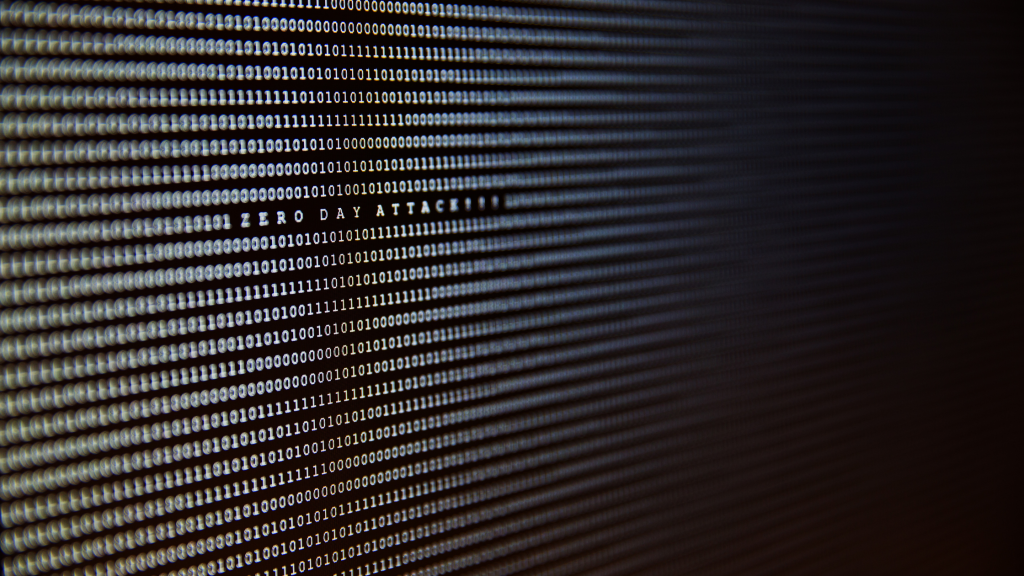KEEP IN TOUCH
Subscribe to our mailing list to get free tips on Data Protection and Cybersecurity updates weekly!



The concept of penetration testing generates numerous questions for organisations. That is entirely reasonable. The testers request permission to attempt to circumvent your network’s security restrictions. They will engage in activities that are indistinguishable from actual cyber-attacks.
Prior to agreeing to a simulated attack on your organisation’s network infrastructure, it is important to understand its purpose. What will your IT team take away from it? What concerns must they address for the sake of long-term development?
There is no universal solution for all organisations. Penetration testing service providers like Privacy Ninja employ a number of techniques based on the organisation’s security requirements and goals.
The underlying denominator is that penetration testing, also known as ethical hacking, identifies cyber security flaws by mimicking attempts to circumvent protections. A genuine attacker could exploit the same vulnerabilities if the test is successful. Pen testing may be conducted on a production system, or a system reserved for testing.
The tests may be automated, manual, or a hybrid of both, and the testers may utilize a combination of both. Comprehensiveness and consistency are advantages of automated technologies. They address all concerns that are likely to develop in a given context. The tests are reproducible, allowing for the measurement of progress and the comparison of various installations. Manual testing permits testers to rely on their instincts. Every website is different, and testers may identify potential vulnerabilities that the standard suite does not cover.
The initial step is to evaluate the target. The testers will utilize any information provided by the client and may conduct their own investigation. They will establish acceptable approaches, such as selecting an adequate test suite or developing bespoke tests that target anticipated flaws.
They will attempt to breach the target systems armed with this preparation. In rare instances, with the client’s agreement, this may involve a physical effort to break into the premises. The testers avoid causing actual damage to the target systems, and they safeguard any confidential data they expose as thoroughly as the test site would. Other than hurt egos, skilled, honest testers rarely cause damage.
The ultimate objective is to identify and eliminate security vulnerabilities of your organisation. To tailor it to your circumstances, you must answer the following assessment questions.
Also Read: Understanding the mandatory data breach notification of Singapore

After evaluating your needs, you may translate them into goals. You might be concerned primarily with evaluating your technical defenses, such as web application firewalls (WAFs).
There may be a specific web application you wish to evaluate. You may wish to ensure that a given sort of information (such as HIPAA-protected health information) is adequately protected. The human element may be the most crucial, and you must observe how individuals react to phishing and other scams.
Each aim requires a unique scenario for security testing. Different approaches will have distinct objectives and methodologies. They differ in methodology and scope. Here are some possible cases:
The ultimate objective is to pinpoint security flaws in a network, system, or piece of software. Once identified, system or software administrators can delete or decrease vulnerabilities before hostile parties discover them.
“Security” is not restricted to the resistance of equipment and software to penetration attempts. Additional aspects include:

The client report is an integral aspect of the procedure. A skilled penetration tester will describe the testing methodology employed, the vulnerabilities discovered, and their severity. The report will allow you to prioritize the issues and address the most obvious ones first.
After corrective action, the examinations might be repeated. Organisations will be able to determine how much progress was made and whether any new security vulnerabilities were established.
The remedies will consist of bolstering configurations, educating staff, replacing unpatched operating systems and application software, and resolving problems. Testing should be performed on a periodic basis to gauge the progress made in securing systems.

In one of the cases of PDPC Incidents and Undertaking involving Audio House, the organisation notified the PDPC that its customer database had been subjected to a ransomware attack. With this, approximately 98,000 individuals’ names, addresses, email addresses, and telephone numbers, in the nature of contact information, were affected.
Upon investigation, it was found out that the PHP files used to develop a web application on its website contained vulnerabilities that allowed a malicious actor to carry out an SQL injection attack. With this incident, Audio House was ordered to pay a financial penalty of S$10,000.
What we can get from this case is the importance of conducting a periodic security review. This would include vulnerability scanning and assessments, which would allow the organization to detect vulnerabilities that were not detected during the pre-launch tests or any vulnerabilities that may have arisen.
This is also what happened to Quoine. On November 17, 2020, the organization informed the PDPC that its domain manager had transferred control of its domain hosting account to an external actor, and such actor accessed and exfiltrated the personal data of 652,564 of its customers. The PDPC also received a complaint from an individual who was believed to have been affected by the incident.
Investigation revealed that Quoine had contracted with a third-party Domain Provider to register and host the Organization’s domain. However, social engineering attacks on the staff of this domain provider allowed them to mistakenly hand over control of the organization’s domain hosting account to an external actor.
This incident allowed the external actor to access the Organization’s Cloud Platform, which contained API keys and tokens for the Organization’s cloud-hosted database as well as a separate cloud computing storage database. As a result, the external actor was given access to the Databases and was able to access and exfiltrate the personal data that was kept there. With this incident, the organization was ordered to pay a whopping S$67,000 for the incident.
What we can get from this case is the importance of carrying out periodic security reviews to ensure that the organisation’s websites collecting personal data and electronic databases storing personal data have “reasonable security arrangements to prevent unauthorised access, collection, use, disclosure, copying, modification, disposal or similar risks. This is also to detect any vulnerabilities and assess security implications and risks.
Also Read: Guarding against common types of data breaches in Singapore